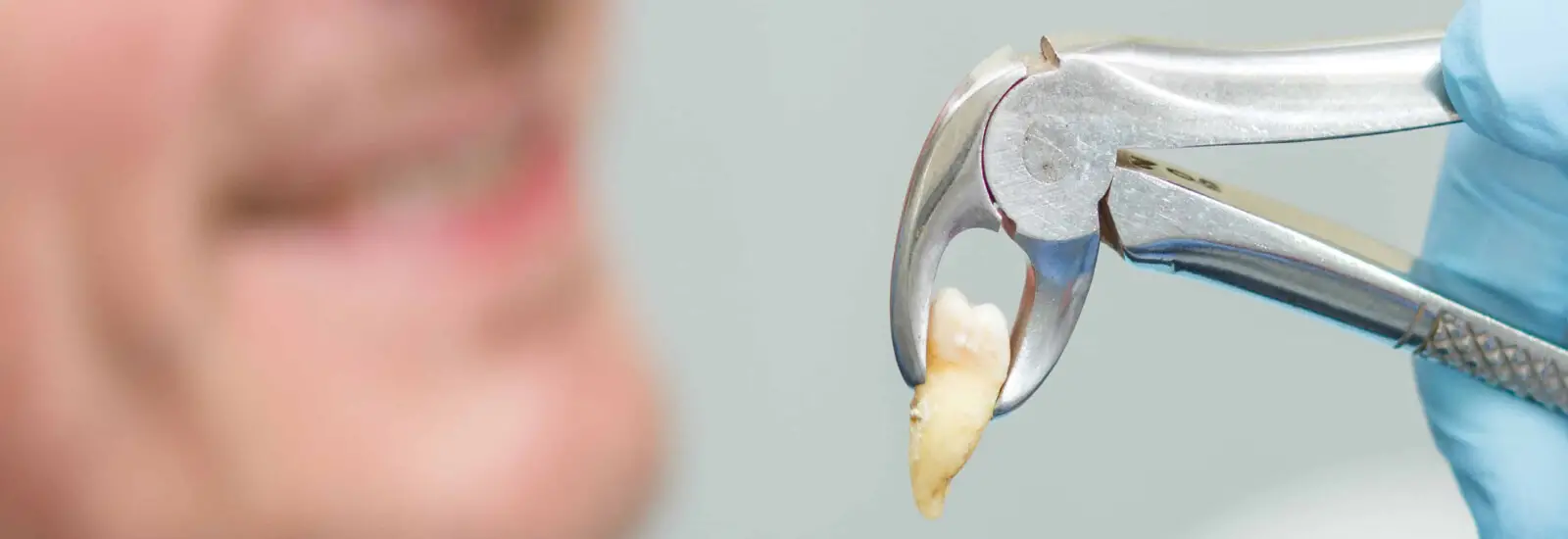Tooth Extractions

What Is Extractions?
Teeth extraction is the process of removal of a tooth from the tooth socket. At Dawson Modern Dentistry, we will take all possible measures to avoid the extraction. However, in certain cases, extractions would be unavoidable to preserve the health of the overall mouth. Patients who have severe decay, gum disease, or irreparable damage may need an extraction. If a tooth is beyond repair or is severely infected, we will remove the tooth to protect your overall oral health. Some of the other most common reasons to remove a tooth include:
- Severe decay or infection
- Damage from trauma
- Impacted wisdom teeth
- Orthodontic treatment
- Extra teeth
- Tooth loss
Teeth Extraction Process - How Does Extraction Work?
ANESTHESIA & PREPARATION
INCISION (SURGICAL EXTRACTIONS)
LOOSENING THE TOOTH
REMOVAL OF THE TOOTH
CLOSING THE SOCKET
RECOVERY AND HEALING
AFTERCARE AND FOLLOW-UP
Types Of Extractions
Simple extraction
Simple extractions are the process of removing teeth that are visible above the gums. These teeth are easily accessible, usually meaning that they can be removed by a dentist without having to cut the surrounding gums. During a simple extraction, the dentist loosens the tooth using an elevator and grasps it with dental forceps to remove it from the socket.

